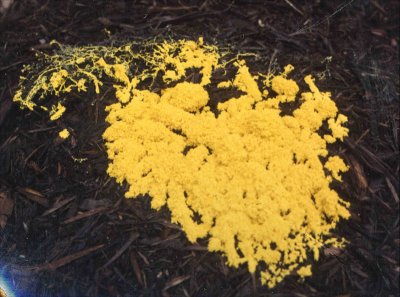You would think by now that even evolutionists would finally admit that there is very little (if any) DNA in a living organism that could be described as “junk DNA.” However, they are still out there doing it. For example, in a rather pathetic attempt to refute Dr. Stephen C. Meyer’s book, Signature in the Cell, evolutionary biologist Dr. Francisco Ayala made the following statement:
There are also lots and lots of DNA sequences that are nonsensical. For example, there are about one million virtually identical Alu sequences that are each three-hundred letters (nucleotides) long and are spread throughout the human genome. Think about it: there are in the human genome about twenty-five thousand genes, but one million interspersed Alu sequences; forty times more Alu sequences than genes. It is as if the editor of Signature of the Cell would have inserted between every two pages of Meyer’s book, forty additional pages, each containing the same three hundred letters. Likely, Meyer would not think of his editor as being “intelligent.” Would a function ever be found for these one million nearly identical Alu sequences? It seems most unlikely.
But the fact is that functions have been found for these Alu sequences and other sequences like them. It is amazing that an evolutionary biologist doesn’t seem to know this.

